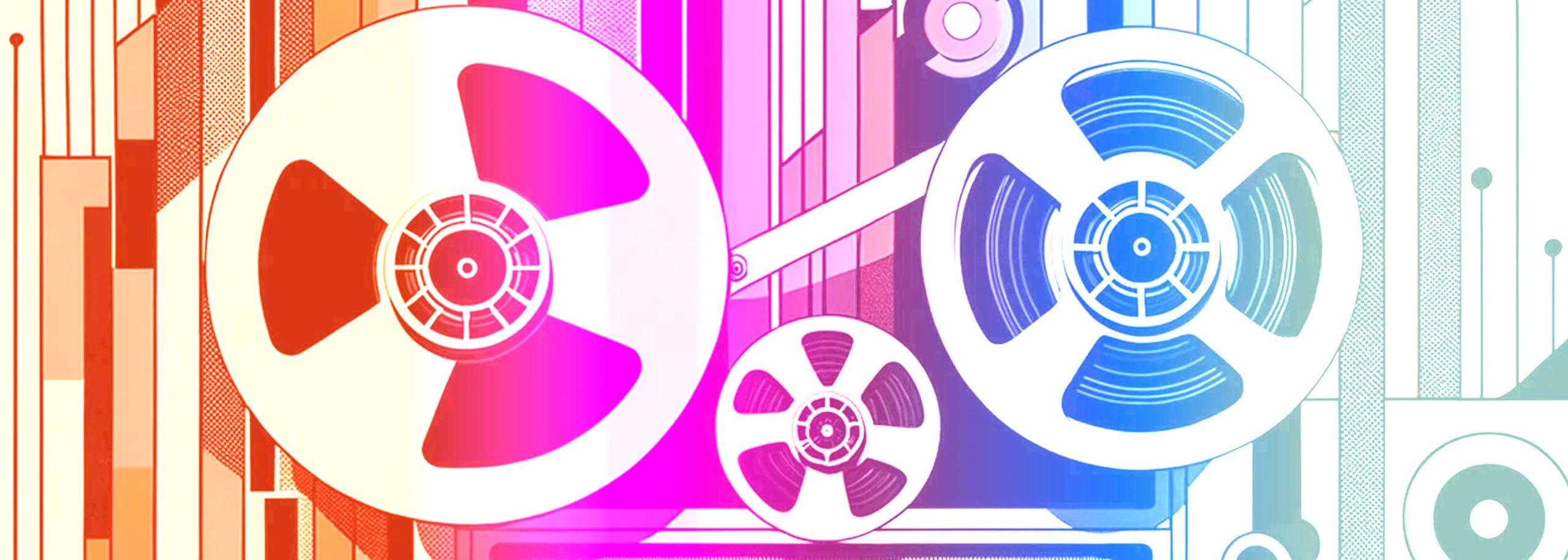



Creating Landscapes with Sound
In the vast world of radio storytelling, montage radio stands as an avant-garde art form that has captured the imagination of producers and listeners alike. It's a genre that moves beyond traditional narration, using sound to create rich landscapes and vivid imagery.
A Rich Tapestry of Sound
Montage radio blossomed in Denmark, where it was known as "lydlig montage" or auditory montage. Pioneers like Torben Brandt, then a young sound engineer, and Stephen Schwartz, an American radio producer who moved to Denmark, began to explore how they could use sound to paint vivid pictures in the mind's eye. Their collaboration is renowned, and they worked together to push the boundaries of what was possible with sound.
In Germany, Walter Ruttmann's experimental work in the 1920s laid the groundwork for the radio montage, and his "Weekend" remains a classic example.
In the United States, figures like Glenn Gould and Tony Schwartz (no relation to Stephen) have made significant contributions. Tony Schwartz's work in particular, such as "New York 19," is known for its innovative use of environmental sounds and montage techniques.
Techniques and Storytelling
Montage radio is about more than just cutting and pasting different sound clips. It's a deeply thoughtful and often poetic approach to storytelling. The technique involves carefully layering and juxtaposing sounds to create a coherent whole. Sounds are selected and arranged to convey meaning, evoke emotion, or create a sense of place.
Producers might use interviews, music, natural sounds, or even silence to create a montage. It's a way of telling a story that requires the listener to engage actively, interpreting the sounds and their relationship to one another.
Legacy and Impact
The legacy of montage radio continues to influence modern radio production and podcasting. Its principles have been adopted and adapted by new generations of audio storytellers, seeking to create immersive and thought-provoking experiences for their listeners.
As technology advances, the tools available for creating audio montages have evolved, but the core principles remain. The thoughtful selection and arrangement of sound continue to be at the heart of this art form, a testament to the creativity and innovation of those early pioneers.
In the world of ever-changing media, montage radio stands as a timeless example of how sound can be used to tell stories in new and exciting ways, a tradition carried on by dedicated practitioners to this day.